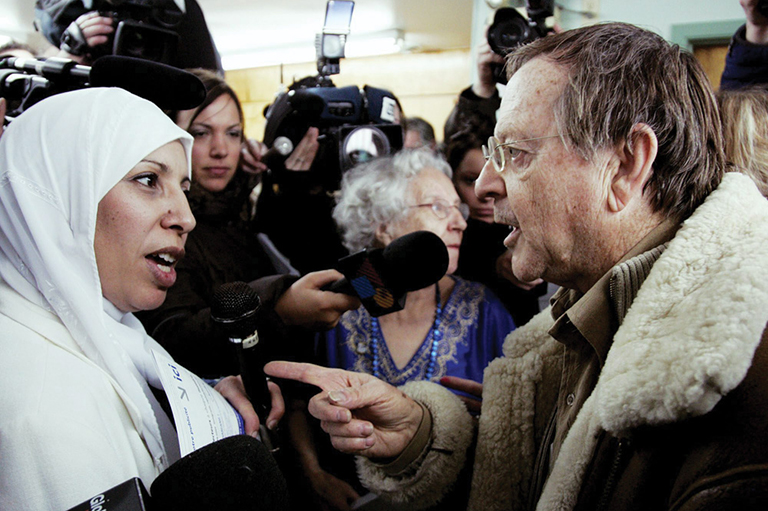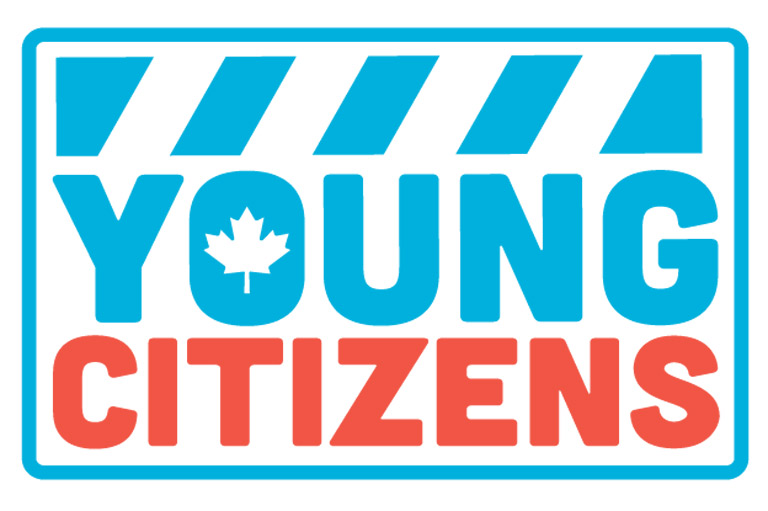Rewarding Risk
Stepping into your first classroom can be a scary proposition.
I remember my first day of teaching — of feeling filled with anticipation as thirty-five Grade 10 history students stared at back at me. I was determined to inspire them with the history that I knew and loved.
But I quickly discovered that engaging students was much more challenging that I had expected. Curriculum alone wasn't going to inspire my students. I needed to do more — and knew that I didn't want to be the teacher whose major strategy was to ask students to “read pages eighty-five to ninety-three and answer the following questions.”
One way to bring history alive, I believed, was through roleplaying and re-enactment. Trouble was, I didn't know where to start. I was worried about leaving my comfort zone, and the thought crossed my mind that it would be easier, and less risky, not to bother.
Fortunately, a fellow teacher with more experience learned of my concerns and challenged me to take a chance. Start small, he suggested, with a short activity, and see how it goes. Even if the project is a flop, he said, the students would still appreciate my efforts at going above and beyond. So, nervously, I took the plunge and organized a recreation of Canada's 1927 Diamond Jubilee of Confederation. You should have seen the looks on my students' faces when I told them they'd be dressing up in hoop skirts and top hats.
I held my breath. Would they treat it like a joke, or roll their eyes in embarrassment?
The kids were soon laughing, all right, but it was because they were having a great time. When they slipped on their costumes, the boredom of the chalkboard disappeared underneath. One student described the experience as “like walking backwards in time ... it made classes and lessons on the chalkboard more exciting ... and gets everyone involved.”
My mentor had been right — my students were thrilled to step literally into Canada's past; they just had never been given the chance. They were learning, and having fun doing it.
The students not only appreciated the effort, they were grateful that I had trusted them enough to step outside the textbook and take a chance. And in over twenty years I've never had a problem with student behaviour — the great unspoken fear of most teachers.
Sometimes, we might think it's easier to avoid risks; to play it safe, by the books. But the greatest rewards go to teachers who face challenges head-on.
And there certainly are challenges. Too often, Canadian history gets pushed to the back burner. Over the years, some courses become more trendy or are perceived by parents as easier routes to university. If the history department is not actively promoting history courses, enrolment drops and teachers are forced into other areas.
To change this trend, teachers need to reveal the many wonderful, interesting, and intriguing stories from Canada's past. We also need to make connections between the present and the past, and explain how both are shaping our future.
We need to help our students understand that the characters from Canada's history were once living, breathing people just like them, with their own joys and fears, hopes and aspirations.
Textbooks will tell us, for instance, that “Baldwin and LaFontaine brought in a variety of reforms before they both retired in 1851.”
But do they also tell us that after the death of Robert Baldwin's wife he was incapacitated for weeks? Or that he requested that his coffin be chained to his wife's, and that his body be cut with the same incision that killed his wife in a failed Caesarean section?
One can only imagine the depth of his personal agony. Certainly, no student would ever find that type of history boring.
And don't simply limit your efforts to the classroom.
In my school, we formed a history club years ago to help students with the re-enactments they were creating. We also formed a club to enhance the profile of the history department within the school. The Renaissance Society holds student conferences each year on different topics in Canadian history, but always with the same theme: the past, the present, and the future.
We've managed to build a strong working relationship with the local historical society and regularly invite its members to our school for our student conference. Students in turn often participate in the historical society's annual banquet. They have also become engaged with our local community, with one student even being elected to the municipal government's heritage committee.
Today, visitors to my class often feel like they've stepped back in time. Open our classroom door and you might find a recreation of a 1950s soda shop, complete with jitterbugging students, or a political rally with angry hippies protesting against the Vietnam War!
What you definitely won't find are bored students, or a teacher standing at the front of the class, speaking in monotone as he asks the students to “read pages eighty-five to ninety-three and ...”
That's thanks to some good advice, plus a willingness to take a risk years ago.
Take the risk. Take the first step, and you will never look back.
Joe Stafford is a 2008 recipient of the Governor General's Award for Excellence in Teaching Canadian History. He teaches at St. Theresa Catholic Secondary School in Belleville, Ontario.
Themes associated with this article
Advertisement




